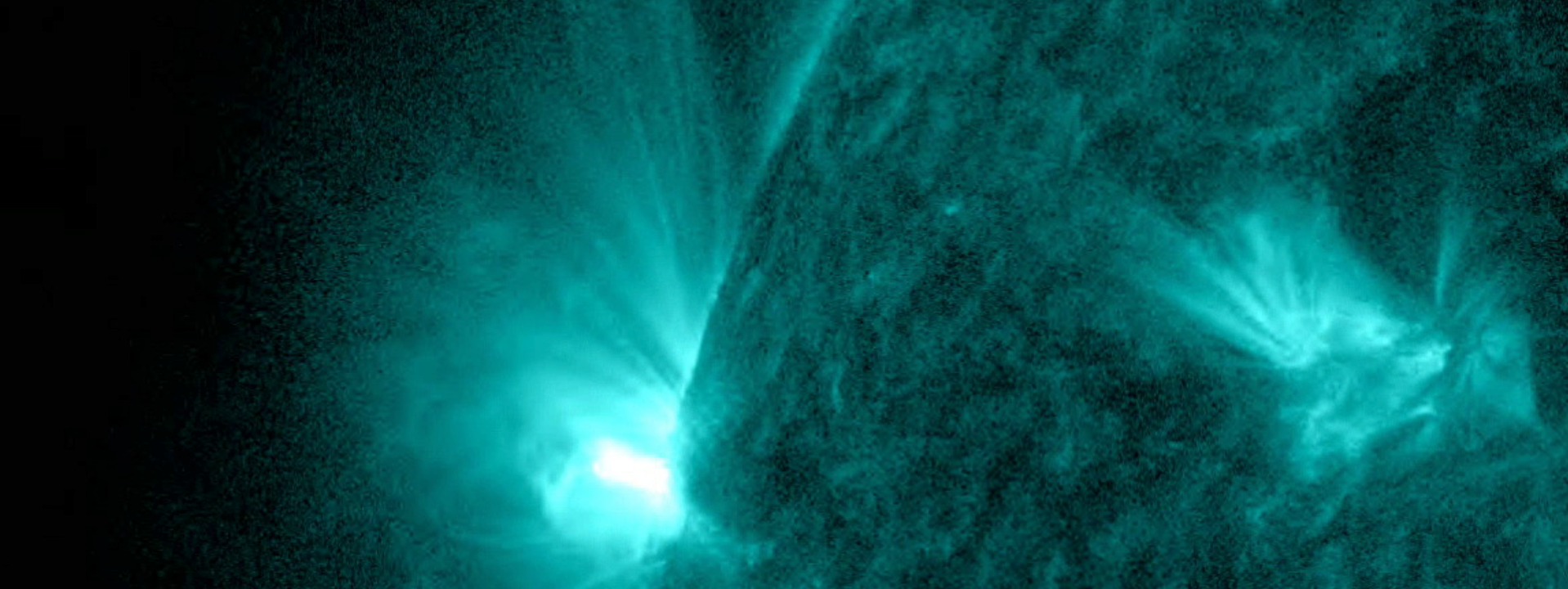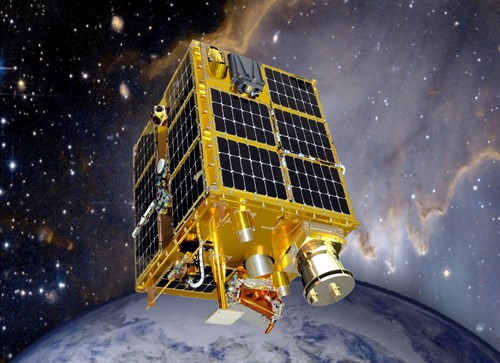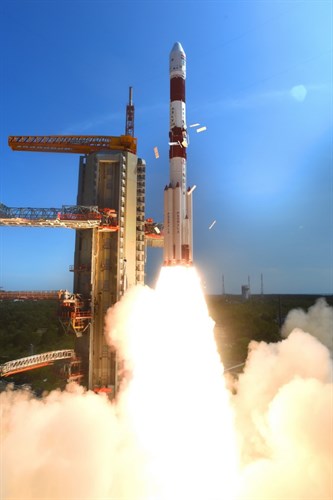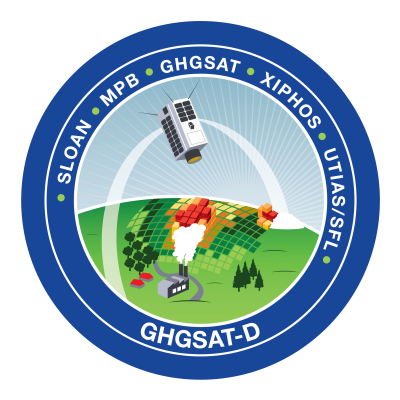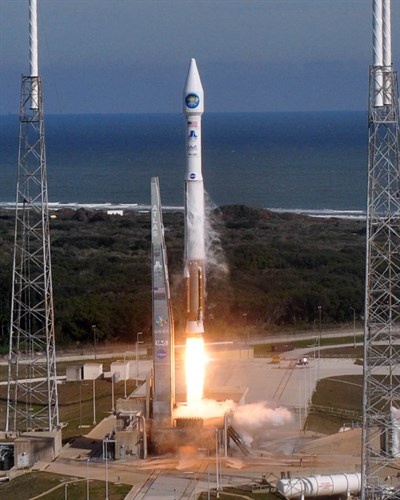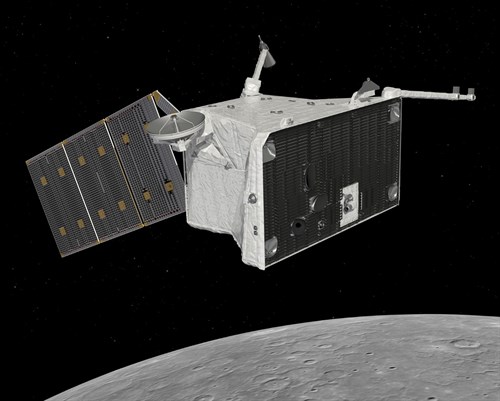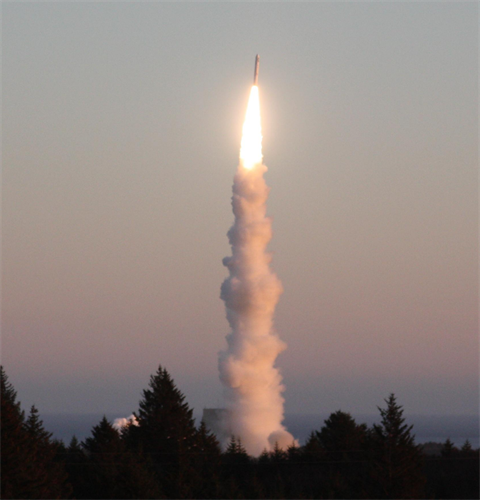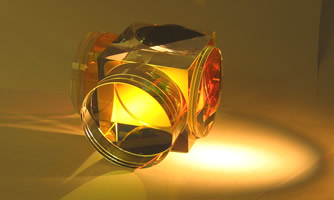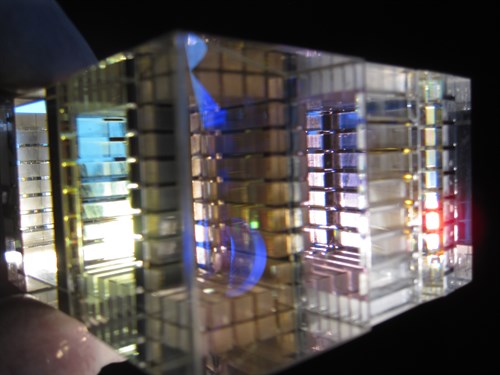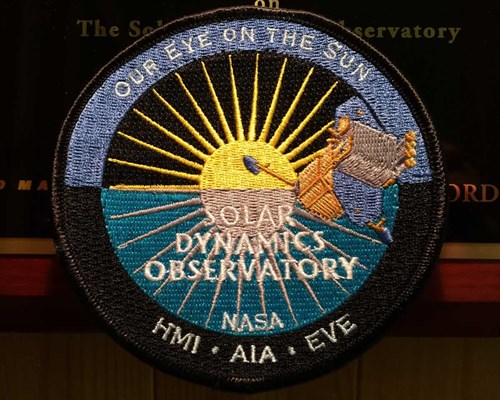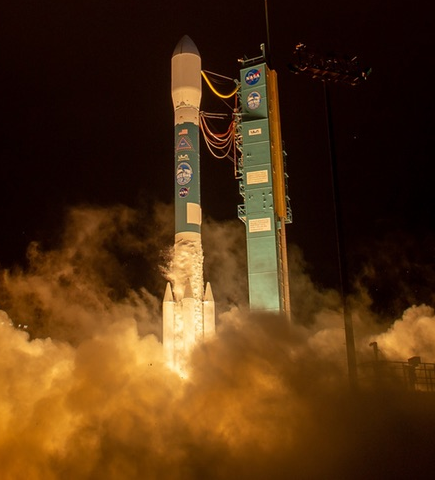LightMachinery has contributed to a number of space exploration and Earth observation satellites. In many cases, we have had to develop new manufacturing and testing methods to deliver the required optical elements.
We fabricated a pair of monolithic Michelson interferometers for the Helioseismic and Magnetic Imager (HMI). The interferometers are the final pair of elements in a Lyot filter which measures both Zeeman splitting and Doppler shifting of light from an iron transition which is active in the Sun’s photosphere. The interferograms from HMI are used to calculate the magnetic field at the photosphere and to feed into a 3D model of the Sun’s temperature and density. The magnetic field data ties together with the other instruments on the Solar Dynamics Observatory which view the Sun’s corona in similar detail.
LightMachinery has built etalons for several different satellite instruments. These include the capacitor stabilized etalon which imaged the Earth’s thermosphere in the vacuum ultraviolet for the Thermosphere Temperature Imager on NASA’s FASTSAT. We have used our fluid jet process for all of these space-based etalons because of the improved combination of finesse and peak transmission. MSASI on ESA’s Bepicolumbo will provide information about Mercury’s atmosphere using an etalon tuned to the sodium D line. The etalon on GHGSat’s Claire satellite allows measurement of CO2 and methane concentrations in Earth’s atmosphere.
LightMachinery contributed a set of precisely tuned etalons to the ATLAS instrument on ICESat-2. Each of these etalons is designed to transmit the instrument’s laser wavelength while blocking sunlight with
A set of beam splitter cubes was produced by LightMachinery as part of the alignment system for the Polarimetric and Helioseismic Instrument on ESA’s Solar Orbiter.
The MIGHTI instrument on NASA’s ICON uses a pair of spatial heterodyne spectrometers (SHS) to measure thermosphere wind profiles by detecting Doppler shifts in a pair of oxygen emission lines. Using a pair of spectrometers allows calculation of vector wind. The imaging interferometers have no moving parts for

